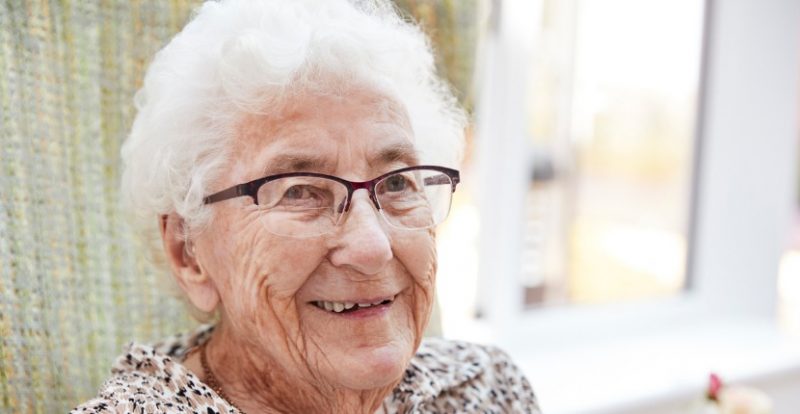A Portland, Oregon woman who died at the age of 99 of natural causes unknowingly lived with her organs on the wrong side of her body due to a rare congenital condition. Rose Marie Bentley, a mother of five who passed away in October 2017, donated her body to research at a university in Portland. Students in an anatomy class were the first to notice many of her organs were not where they were supposed to be.
Doctors are stunned that Bentley was able to live such a healthy life despite her condition, which was situs inversus with levocardia.
Oregon women lived until 99 with organs in the wrong places https://t.co/wu7IgC6PuU
— BBC News (World) (@BBCWorld) April 9, 2019
This caused her liver, stomach and pancreas to develop on her right side rather than in their normal more “left” position. Bentley, a pet-shop owner, is thought to be the oldest known person with the disorder. Doctors say the odds of surviving beyond childhood are as low as 1 in 50 million.
Despite most patients dying of heart failure, Bentley’s family claim she lived a healthy life, with her only complaints being arthritis.
The woman’s case was detailed by Cam Walker, an assistant professor of anatomy at Oregon Health & Science University, as part of a presentation he made in April 2019 at the American Association of Anatomists’ annual meeting. Although the identity of someone who has donated their organs or body is typically kept under wraps, the family agreed to disclose her name.

“I knew something was up, but it took us a while to figure out how she was put together,” recalled Cam Walker, Ph.D., who helped students unravel the mystery of Bentley’s anatomy, in a statement released to the media.
Medical literature describes two other cases of older patients, both of whom lived to at least 70 years of age. Bentley did have three organs removed during her life, but only a surgeon who removed her appendix recorded its unusual location in his notes. None of Bentley’s children were aware of their mother’s transposed organs, and they believe she didn’t know, either.
“Normally, what makes [situs inversus] survivable is that all the organs make the same turn. So if the organs in the abdomen are transposed right to left, and the heart follows, that’s great,” Walker told Gizmodo. “But when the heart stays pointed to the left, as with this donor, blood vessels have to change orientation, and that change in orientation commonly leads to serious heart defects.”
Warren Nielsen, now a second-year medical student from Lake Oswego, Oregon, was one of many students who worked with Bentley in 2018. Those examining Bentley realized she was missing her inferior vena cava — the large vein that carries deoxygenated blood from the lower part of the body back to the heart to obtain oxygen.
After calling over their professors, Nielsen said: ‘That’s when the hubbub starts. They’re like ‘Oh, my God, this is totally backward!'”
“It was quite amazing,” Nielsen said. “We were able to not only learn normal anatomy but also all the anatomic variation that can occur. I grew to appreciate how she was able to live as long as she did. It made me wonder who she was. The experience has me looking forward to caring for patients and being able to apply what I’ve learned from her.”
Read another story from us: At 104 – The oldest actor in Hollywood
According to Louise Allee, one of her children, Bentley would appreciate the added lesson she was able to provide Walker and his students.
“My mom would think this was so cool,” Allee said in a statement. “She would be tickled pink that she could teach something like this. She would probably get a big smile on her face, knowing that she was different, but made it through.”
